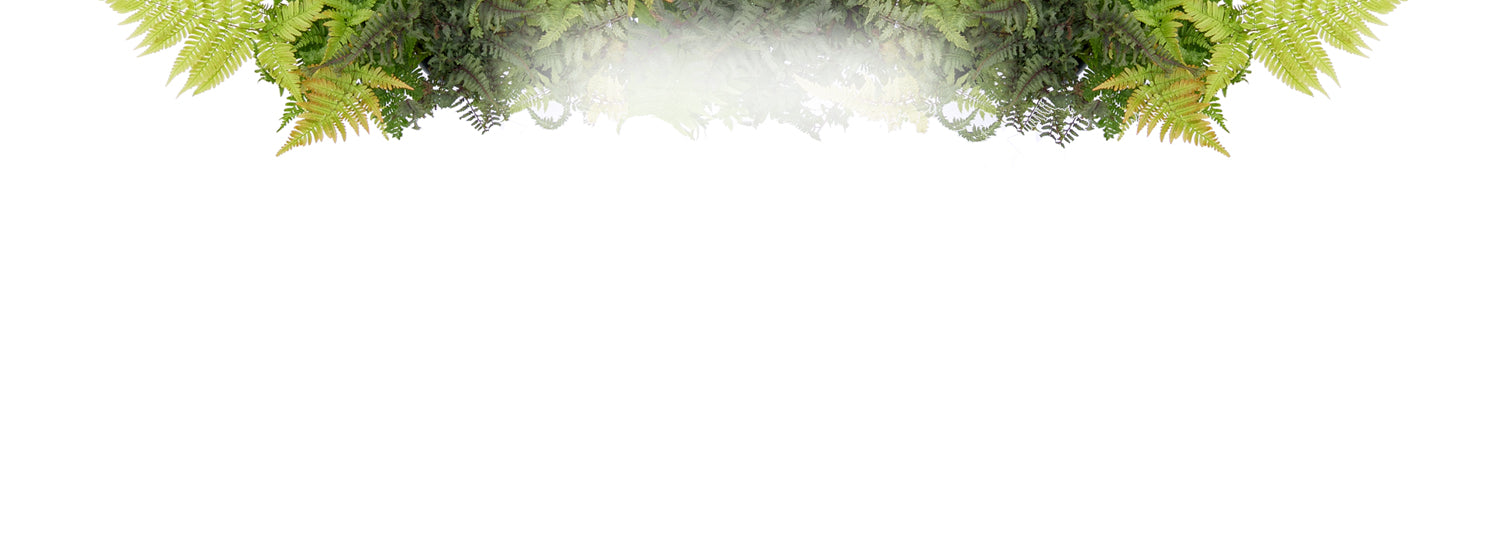Description
Plant spacing is based on the ultimate width of the plants. This figure is normally given as a range; for example, 3-5’. If you live in a cold climate and/or want plants to fill in more quickly, plan to space at the shorter end of the range. If you live in a warm climate, are on a limited budget, or are willing to wait longer for plants to touch, use the higher end of the range. Using the larger number is recommended when calculating distance from a building or structure. There’s really no such thing as "maximum spacing": if you don’t want your plants to touch, you can space them as far apart as you’d like. All plant spacing is calculated on center, or in other words, the centers of the plants are spaced one half of their eventual width apart:

Unless you are planting in a straight line, as you might for hedges or edging, space your plants in a staggered or zig-zag pattern for a more interesting and naturalistic look:

Hand-picked at our greenhouse
Shipped to your door
Arrives as young plant
Dahlias are charming sun-loving perennials loved by cut flower enthusiasts, gracing the landscape with showy blooms in various colors from midsummer through the first frost. Follow our step-by-step guide on how to plant dahlia tubers below, and save it for easy access while gardening!
I have tried to get a replacement plant but can’t get any help. Order number G288689
MY POPP PLANT DIED RIGHT AFTER I PLAN IT. ALL THE OTHER ARE DOING OK THIS FAR. CAN I HAVE A REPACEMENT PLEASE
THANK YOU
We're sorry you're having trouble with your plant. Our customer service team would love to help! Please contact us at claims@greatgardenplants.com with your order number and photos of the plant. Our team of horticulture experts are standing by, ready to investigate. All orders are covered by our 60-day guarantee! We look forward to helping.
We will notify you on events like Low stock, Restock, Price drop or general reminders so that you don’t miss the deal



